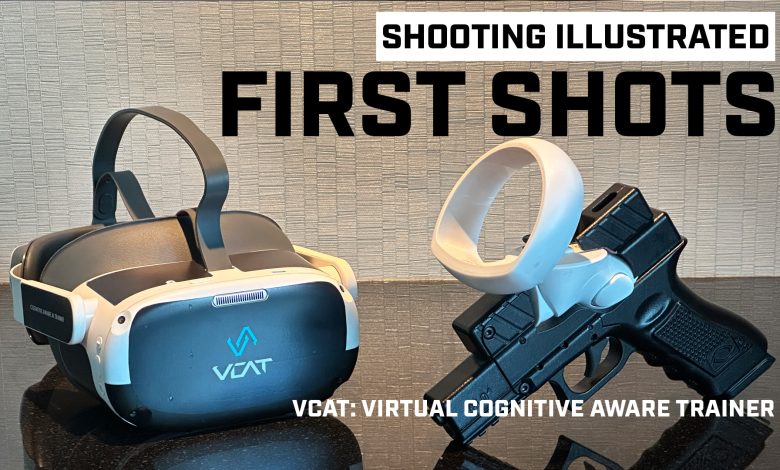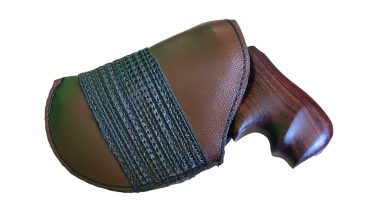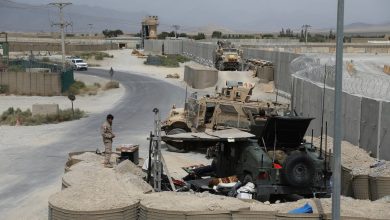First Shots: VCAT Firearm Trainer

The state-of-the-art in sports training has progressed by leaps and bounds over previous decades. Athletes can now take advantage of sophisticated, data-driven biometric feedback training regimens which can pinpoint and isolate specific performance areas, allowing the athlete to optimize their training for maximum efficiency. This is essential, because you can’t improve what you don’t measure and record. However, up until now, this data-driven approach to performance improvement is noticeably lacking in the shooting sports.
Shooting Is A Sport
Marksmanship is an athletic ability. Pressing the trigger without moving the sights takes physical skill, as does repeatable sight alignment and a proper stance. Measuring exactly what we are doing when we press the shot, like where our eyes are actually focused versus where we thought they were focused, can help with much of this. Improving this sort of thing is difficult for a trainer, because we have no way of getting into our student’s heads and verifying their actions when they pressed off a shot.
In addition to this, once a shooter has reached a point where they can reliably press the trigger without moving the sights, the limiting factor on performance becomes how fast they can process information about what their sights are doing as they press off a shot, how much concentration is needed to make the shot and where the next target might be. In short, the challenges move from the physical realm (trigger control, etc) to the intellectual realm.
So how do you measure and track what your brain and your eyes are doing as you press a shot so you can use that data to improve your shooting? Eyevation, an Israeli startup company, may have found a way to do just that with the VCAT system.
The VCAT provides a staggering amount of feedback on how you shoot a pistol
Eyes On The Prize
VCAT is short for Virtual Cognitive Aware Trainer, which is a virtual reality (VR) system that is a spinoff of an eye-tracking system developed for the Israeli Air Force. The speed of aerial combat demands split-second threat recognition and lightning-fast information processing. Eyevation created a system which tracked a pilot’s eyes as he entered into virtual combat and could measure everything so precisely it could predict the future success for an aviator.
When it comes to firearm training, measurable information about eye tracking, sight alignment and sight picture were the exclusive domain of the student. The instructor had to rely on what the student was telling them about what was going on inside their head as they took the shot. With VCAT system, the instructor can now literally see what the student is seeing before, during and after they pressed the trigger. This is revolutionary, because up until now, firearms training has been all about learning via conceptualization. The knowledge a student gains is based on what goes through the filter of the instructor, requiring us to re-interpret it and apply it to the task at hand.
The VCAT system, on the other hand, gives you direct measurement about what happened before, during and after you took the shot. You can see your head angle, your eye angle, the angle of your gun, where your eyes were focused and where the (virtual) round hit the target. This sort of biometric feedback has been impossible to obtain up until now, as there has been no way to get inside a shooter’s skull and confirm that yes, that is indeed what they were looking at. VCAT lets you do exactly that sort of thing, and so much more. For example, with scenarios involving multiple targets, VCAT can show you how your eyes were moving before you took a shot, as well as how quickly your eyes transitioned to the next target and how quickly the gun followed your eyes. Shooting with one eye closed? The VCAT can detect and show you when you are doing it.
Hands On And Eyes On
I recently had a chance to use a pre-production version of the VCAT system, and I was extremely impressed at how much information it provided me about what I was actually doing as I shot a pistol. I am an above-average shooter, and my skills have progressed to the point where I can do an accurate trigger press on-demand. The next step in my marksmanship journey is learning to better process information about what my gun and my brain are doing as I take the shot, that that’s exactly what the VCAT system provided me. Shooting with the VCAT was truly mind-expanding, as I saw so many ways that the biometric feedback and charts and charts of measurement created by this unit could improve my shooting.
The VCAT is currently in pre-production, but sales-ready units are expected soon. Because of the capitol outlay required to obtain a VCAT system, it will initially be offered to military, law enforcement and shooting ranges to augment an existing training program. For more information on the VCAT, visit vcat.pro.
Read the full article here









